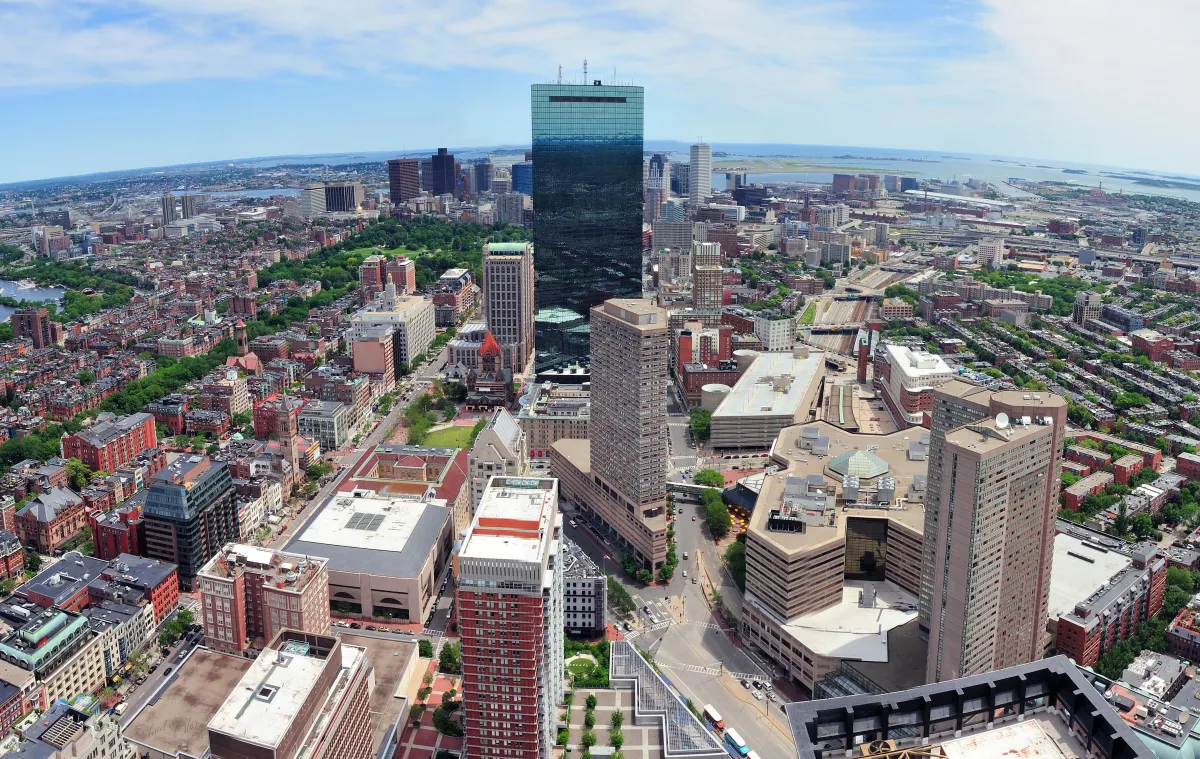
What to Know Before Moving to Dallas/Fort Worth from Out of State
What to Know Before Moving to Dallas/Fort Worth from Out of State
By Steven J. Thomas

Direct Answer
If you’re moving to Dallas–Fort Worth from another state, expect strong job growth, affordable housing compared to coastal cities, and a region built on convenience, community, and opportunity.
But success here starts with preparation — understanding neighborhoods, cost of living, weather, property taxes, schools, and commute patterns before you move can save you time, money, and stress.
1. The Dallas–Fort Worth Metroplex Is Huge
The DFW metroplex spans over 9,000 square miles — larger than the entire state of Massachusetts.
It’s made up of two major urban centers (Dallas and Fort Worth) and dozens of surrounding cities and suburbs. Each has its own housing style, school districts, and lifestyle vibe.
Popular relocation areas include:
North Dallas & Collin County – Frisco, Prosper, McKinney, Plano
Southern Dallas Suburbs – DeSoto, Cedar Hill, Red Oak, Midlothian
Tarrant County – Arlington, Mansfield, Southlake, Keller
Western Corridor – Fort Worth, Aledo, Benbrook
📍 Explore homes by city: DFW Homes for Sale
2. Cost of Living: Still Affordable, but Rising
Compared to California, New York, and Illinois, DFW remains 30–50% more affordable for housing — but costs are increasing as demand grows.
CategoryDFW AverageCompared to National AverageHousing95% of U.S. average✅ LowerUtilities101%⚖️ AverageGroceries99%⚖️ AverageTransportation96%✅ LowerProperty TaxesHigher than national average🚨 Plan Ahead
💡 Tip: Property taxes in Texas can range from 2.0%–3.4% of assessed value annually — but there’s no state income tax, which offsets the difference for many households.
3. Expect Hot Summers, Mild Winters
Dallas–Fort Worth has a humid subtropical climate:
Summers: 90–105°F (June–September)
Winters: 40–65°F (December–February)
Occasional spring storms and mild winter freezes
Newer homes are built for energy efficiency, but if you’re moving from a cooler state, prepare for higher summer electric bills.
☀️ Tip: Ask about radiant barriers, attic ventilation, and SEER ratings when shopping for new construction.
4. The Job Market Is Booming
DFW ranks among the top 3 U.S. metros for job growth, adding over 120,000 jobs annually across finance, tech, logistics, and healthcare.
Major employers include:
Goldman Sachs (Downtown Dallas)
Wells Fargo & Caterpillar (Irving–Las Colinas)
Toyota North America (Plano)
Amazon, Meta, and Bell Textron (Fort Worth)
This steady growth fuels both housing demand and price appreciation, especially in emerging suburbs.
💼 More on this trend: The Effect of Big Employers Moving to DFW
5. Schools Matter — Even If You Don’t Have Kids
School ratings directly affect home values and resale demand.
Top-performing districts in the region include:
Frisco ISD (A+)
Allen ISD (A+)
Midlothian ISD (A)
Cedar Hill Collegiate (A)
Use TEA accountability ratings and tools like greatschools.org to compare campuses.
If you’re buying new construction, ask which future schools are zoned for your community — boundaries change often.
6. Housing Options for Every Lifestyle
DFW offers a wide range of housing types:
Buyer TypeRecommended AreaWhy It WorksFirst-Time BuyersForney, Red Oak, AubreyAffordable new builds under $400KFamiliesFrisco, Midlothian, MansfieldTop schools, newer master-planned communitiesLuxury BuyersSouthlake, Prosper, ColleyvilleCustom estates, gated neighborhoodsEmpty NestersWaxahachie, AledoPeaceful suburbs with quick city access
🏡 View curated new construction listings: DFW New Construction Homes
7. Traffic Is Manageable — If You Choose the Right Location
DFW’s road system is massive, with multiple loops (I-20, I-30, I-35, 635, George Bush Turnpike).
Commutes vary widely:
Live 10 miles from work: 15–20 minutes.
Live 30 miles away: 45–60 minutes during rush hour.
Plan your move based on where you’ll work or where your kids will go to school — not just the home itself.
8. Property Taxes, Utilities, and HOAs
Texas doesn’t have state income tax, but property taxes can feel steep for newcomers.
Average property tax rate: 2.3%–3.2% of assessed value.
Most suburban new builds include HOA fees ($300–$1,000/year) covering amenities and maintenance.
💡 Tip: I provide clients with true monthly cost estimates (mortgage + taxes + HOA + utilities) before writing any offer — so there are no surprises after closing.
9. Buying vs. Renting
While rents are still relatively affordable, homeownership builds equity fast in DFW’s appreciating market.
In 2025:
Average DFW home price: $430,000
5-year appreciation rate: +39%
Average rent for 3-bed home: $2,350/month
If you’re staying 3+ years, buying often makes more sense — especially with new build incentives and rate buydowns available now.
10. Work With a Local Agent Who Understands Both Real Estate and Lending
Relocating from out of state means juggling financing, logistics, and timing.
You need a local professional who can:
Align your loan pre-approval with builder timelines
Coordinate remote showings and virtual tours
Handle new construction walkthroughs and inspections on your behalf
As both a Realtor® and Loan Officer, I streamline your relocation — from property search to loan structure — so your transition to DFW is smooth and predictable.
📅 Book Your Home Goals Consultation
Conclusion
Moving to Dallas–Fort Worth offers career growth, affordable living, and diverse communities — but understanding the market ahead of time is key.
From property taxes to traffic routes and school zones, small details make a big difference in your experience and resale value.
Whether you’re relocating for work, family, or lifestyle, I’ll help you make your move to DFW seamless — with clear numbers, smart timing, and local expertise.
🏡 Explore DFW New Construction Homes
📈 Get Pre-Approved Today
📅 Schedule a Home Goals Consultation
Key Takeaways
DFW offers strong job growth, affordable housing, and no state income tax.
Property taxes are higher but balanced by lower overall cost of living.
Research school districts and commute times before choosing a suburb.
Consider new construction for better energy efficiency and incentives.
Work with a local agent–lender who understands relocation logistics.